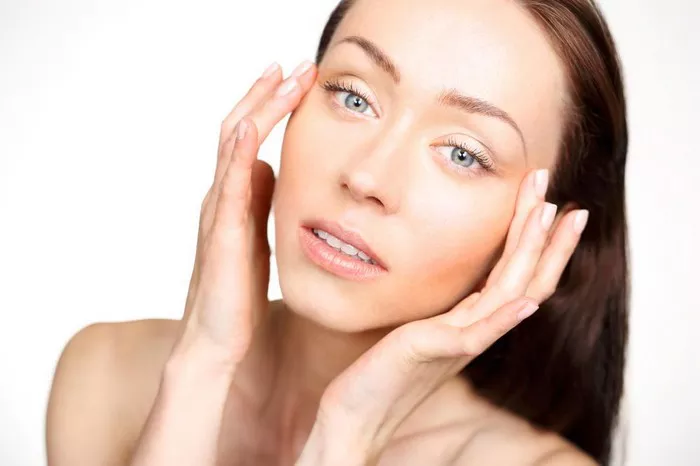A vertical facelift is a cosmetic procedure that is designed to lift and tighten the skin of the face and neck. Unlike traditional facelifts, which focus on pulling the skin horizontally, a vertical facelift works by lifting the skin vertically, resulting in a more natural and youthful appearance. While the results of a vertical facelift can be impressive, many patients wonder how long the effects of the procedure will last. In this article, we’ll explore the longevity of a vertical facelift and what factors can affect the results.
Understanding Vertical Facelift
A vertical facelift is a cosmetic procedure that is designed to lift and tighten the skin of the face and neck. The procedure involves making incisions along the hairline and in front of the ears, and then lifting and repositioning the underlying muscles and tissues. Unlike traditional facelifts, which focus on pulling the skin horizontally, a vertical facelift works by lifting the skin vertically, resulting in a more natural and youthful appearance.
The procedure can be performed under local or general anesthesia, depending on the extent of the surgery and the preferences of the patient and surgeon.
Results of Vertical Facelift
The results of a vertical facelift can be impressive, with many patients reporting a significant improvement in the appearance of their face and neck. The procedure can help to reduce the appearance of wrinkles and fine lines, improve skin tone and texture, and restore a more youthful and natural appearance to the face.
Additionally, because the procedure focuses on lifting and repositioning the underlying muscles and tissues, rather than simply pulling the skin taut, the results of a vertical facelift can be longer-lasting than traditional facelifts.
Longevity of Vertical Facelift
The longevity of a vertical facelift can vary depending on several factors, including the individual patient’s skin type, age, and overall health, as well as the extent of the procedure and the techniques used by the surgeon.
In general, the effects of a vertical facelift can last for several years, with many patients reporting a significant improvement in the appearance of their face and neck for up to five years or more.
However, it is important to note that the longevity of the procedure can be affected by several factors, including the individual patient’s lifestyle habits, such as smoking and sun exposure, as well as the natural aging process.
Factors That Can Affect the Longevity of Vertical Facelift
Several factors can affect the longevity of a vertical facelift, including:
Lifestyle Habits: Smoking and excessive sun exposure can accelerate the aging process and reduce the longevity of the procedure.
Natural Aging Process: While a vertical facelift can help to reduce the signs of aging, it cannot stop the natural aging process, which can continue to affect the appearance of the skin over time.
Extent of the Procedure: The extent of the vertical facelift can also affect the longevity of the procedure. More extensive procedures that involve a larger area of the face and neck may provide longer-lasting results than less extensive procedures.
Techniques Used by the Surgeon: The techniques used by the surgeon can also affect the longevity of the procedure. Surgeons who use advanced techniques, such as the SMAS lift or deep plane facelift, may be able to achieve longer-lasting results.
Individual Patient Factors: The individual patient’s skin type, age, and overall health can also affect the longevity of the procedure. Patients who have healthy skin and are in good overall health may experience longer-lasting results than patients who have poor skin quality or underlying health issues.
Maintenance and Follow-Up Care
To maintain the results of a vertical facelift, it is important to follow a comprehensive skincare routine and avoid lifestyle habits that can accelerate the aging process, such as smoking and excessive sun exposure.
Additionally, patients should schedule regular follow-up appointments with their surgeon to monitor the results of the procedure and address any concerns or issues that may arise.
In some cases, patients may also benefit from additional cosmetic procedures, such as facial fillers or laser resurfacing, to enhance the results of the vertical facelift and maintain a more youthful appearance.
Conclusion
A vertical facelift is a cosmetic procedure that is designed to lift and tighten the skin of the face and neck. While the results of the procedure can be impressive, the longevity of the procedure can vary depending on several factors, including the individual patient’s skin type, age, and overall health, as well as the extent of the procedure and the techniques used by the surgeon.
To maintain the results of the procedure, it is important to follow a comprehensive skincare routine and avoid lifestyle habits that can accelerate the aging process. Additionally, patients should schedule regular follow-up appointments with their surgeon to monitor the results of the procedure and address any concerns or issues that may arise. With proper care and attention, patients can enjoy the benefits of a vertical facelift for many years to come.


